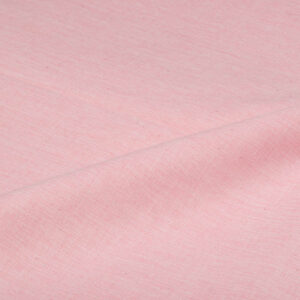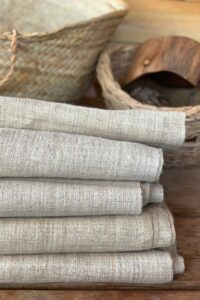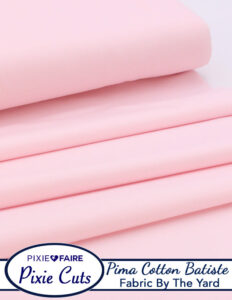Can You Print on Wool and Nylon Fabrics?
Fabric compatibility is crucial in fashion and sewing, impacting the final product’s look, feel, and durability. Wool and nylon, two popular fabrics, each have unique properties. In this article, we’ll explore their compatibility for printing, offering insights into their properties and practical sewing tips.
Compatibility Analysis
Can you print on wool and nylon fabrics? Yes, you can, but with some considerations. Wool is a natural fiber known for its warmth and elasticity, while nylon is a synthetic fiber prized for its strength and resistance to wear. The key to successful printing on these fabrics lies in understanding their texture, weight, and care requirements, among other factors.
Why It Works
- Texture and Weight: Wool’s natural texture provides a rich base for printing, while nylon’s smooth surface allows for fine detail.
- Stretch and Durability: Wool offers elasticity, making it suitable for garments that require flexibility. Nylon adds durability, ensuring longevity.
- Care Requirements: Wool requires gentle washing, while nylon can withstand more rigorous cleaning. This difference must be managed to maintain print quality.
Fabric Properties Comparison Table
| Property | Wool | Nylon |
|---|---|---|
| Fiber Content | Natural | Synthetic |
| Weight and Thickness | Medium to heavy | Light to medium |
| Breathability | High | Moderate |
| Moisture-Wicking | Good | Excellent |
| Stretch and Elasticity | Moderate | High |
| Wrinkle Resistance | Moderate | High |
| Care Instructions | Hand wash, low iron | Machine wash, low iron |
| Durability | Good | Excellent |
Benefits of Mixing These Fabrics
Combining wool and nylon can enhance texture and visual interest, offering a unique blend of natural warmth and synthetic resilience. This pairing improves comfort and performance, providing better drape and movement in garments. It’s cost-effective, offering seasonal versatility and broad design possibilities, from fashion to home decor.
Potential Challenges
Mixing wool and nylon presents challenges, such as different shrinkage rates and conflicting care requirements. Texture clashes or pilling may occur, and seam puckering can be an issue. Color bleeding or fading is another concern. Practical solutions include pre-washing fabrics, using compatible dyes, and selecting appropriate sewing techniques to mitigate these challenges.
Sewing & Styling Tips
For successful sewing, use a ballpoint needle and polyester thread to accommodate both fabrics’ stretch. Consider interfacing and stabilizers for added structure. Seam finishing methods, such as serging or zigzag stitching, help prevent fraying. Choose patterns that accommodate the fabrics’ drape, and explore styling ideas that highlight their unique textures in both fashion and home decor.
Care & Maintenance Guide
When caring for wool and nylon blends, wash in cold water on a gentle cycle or hand wash to prevent shrinkage. Air drying is recommended to maintain shape, and low-heat ironing or steaming can smooth wrinkles. For stain removal, treat each fabric according to its specific needs, and follow long-term care practices to prevent damage and maintain print quality.
FAQ Section
- Can you wash wool and nylon together? Yes, but use a gentle cycle and cold water.
- Will wool shrink more than nylon? Wool is more prone to shrinkage; pre-wash to minimize this risk.
- What needle size should I use for sewing these fabrics together? A ballpoint needle, size 70/10 or 80/12, is ideal.
- Can you mix wool and nylon in one garment? Yes, mixing enhances texture and performance.
- How do you prevent fabric issues when combining these fabrics? Pre-wash fabrics, use compatible dyes, and apply proper sewing techniques.
- Is it okay to mix wool and nylon for upholstery? Yes, but ensure proper care to maintain durability.
- What’s the best way to finish seams with these fabrics? Use serging or zigzag stitching to prevent fraying.
By understanding the unique properties and care requirements of wool and nylon, you can successfully print and sew these fabrics together, creating versatile and durable garments and decor items.



Leave a Reply